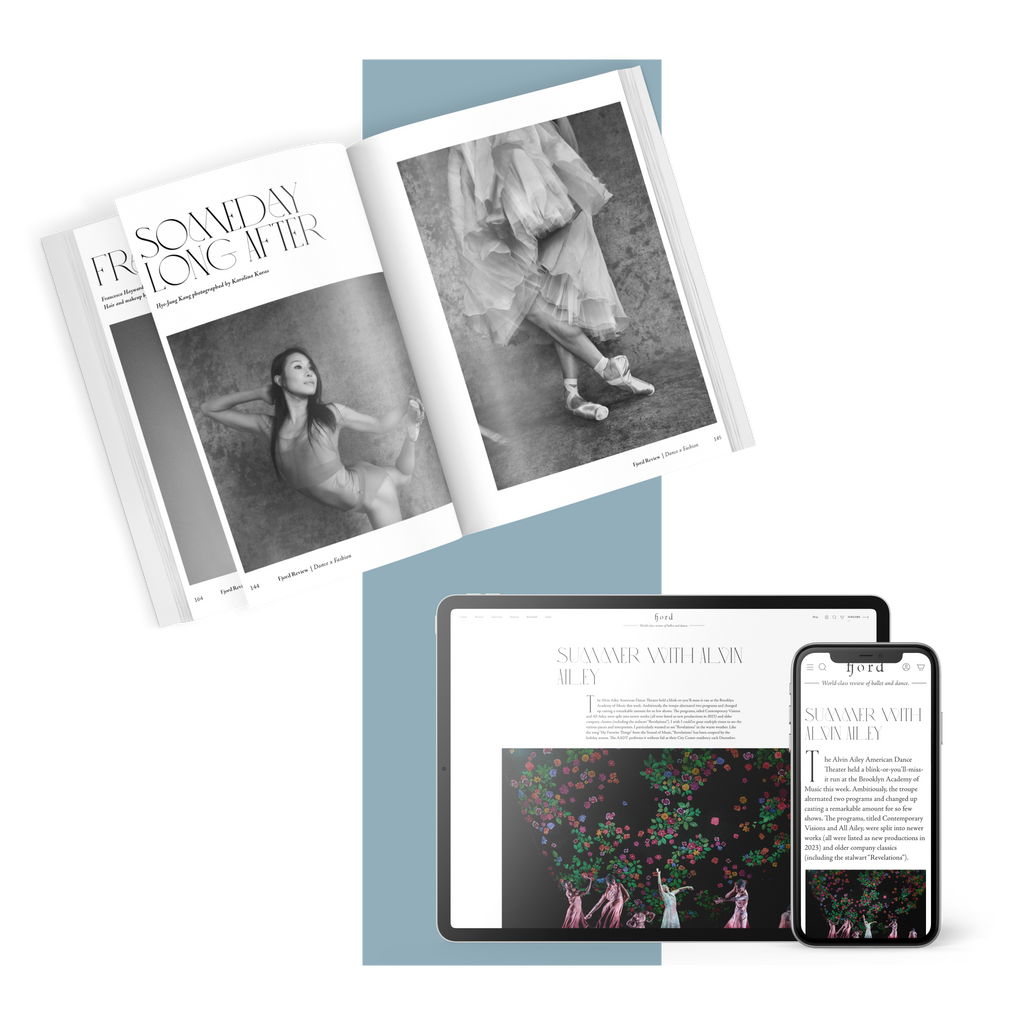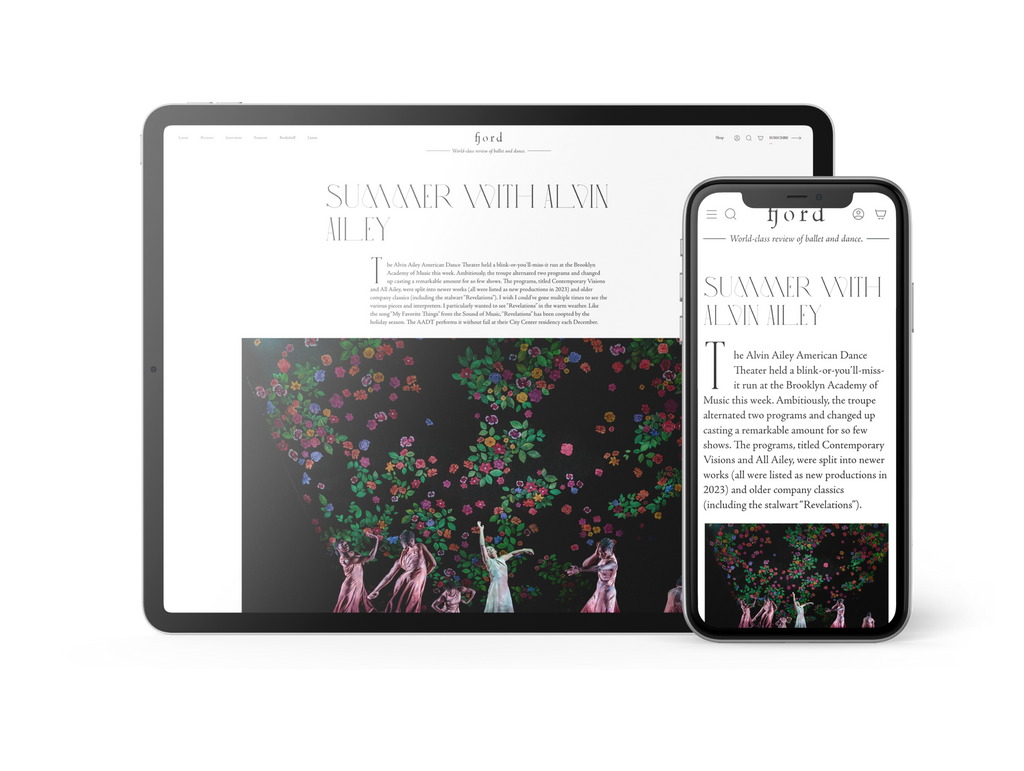If You’re Hot Shit, Do You Even Need to Try?
Ambitious. That was the mot du jour at the Southbank Centre press night reception for (La)Horde's “We Should Have Never Walked on the Moon.”
Continue Reading
World-class review of ballet and dance.
The term ‘plateau effect’ describes the phenomenon of diminishing returns—that is, the reduced effectiveness over time of a once effective measure. Jefta van Dinther’s production by the same name does just that, putting forward a series of bold scenes, each of which ploughs ahead at a high-octane pace until the wow factor wears off and the audience adjusts to the sensory shock (think pulsing music, flashing lights, shuddering bodies). Van Dinther has a knack for detecting the very moment viewers have acclimatised, and it’s then that he throws another jolt into the mix, making for some powerful transitions. The one-act piece is loud and stimulating, and while the conceptual format can make it difficult at times to tell where it’s heading, the journey is certainly a fun one.
Performance
Place
Words

“Plateau Effect” by Jefta Van Dinther for Cullberg Ballet. Photograph by Urban Jörén


“Uncommonly intelligent, substantial coverage.”
Your weekly source for world-class dance reviews, interviews, articles, and more.
Already a paid subscriber? Login
Ambitious. That was the mot du jour at the Southbank Centre press night reception for (La)Horde's “We Should Have Never Walked on the Moon.”
Continue ReadingAfter a decade spent in Los Angeles, Danielle Agami, who founded Ate9 in Seattle in 2012, abruptly decamped for Europe in 2023, leaving somewhat of a gap in the local dance community.
Continue ReadingTwo men enter the stage and hang suit jackets on the backs of chairs. They begin with a short movement phrase in staccato unison—an elbow juts over the shoulder as if an arrow sticking out of a quiver, then an arm slices cross-body like a sword.
Continue Reading“I never set out particularly to be a creator of solos,” says Lar Lubovitch. “But after 60 years in the dance world and 120 dances, I will have made a number of solos.”
Continue Reading
comments